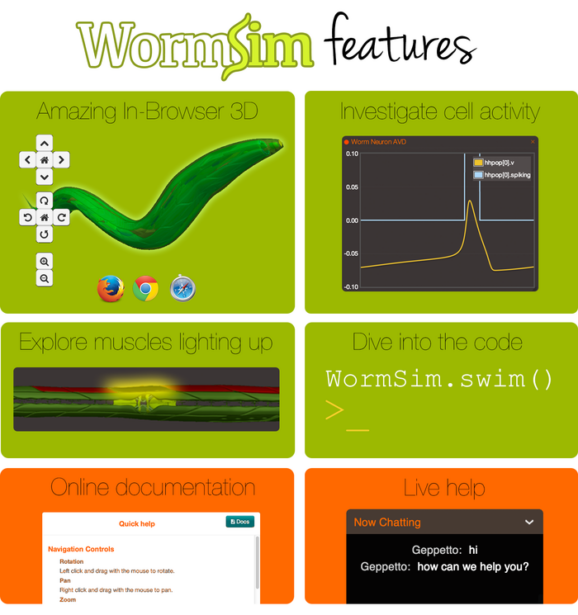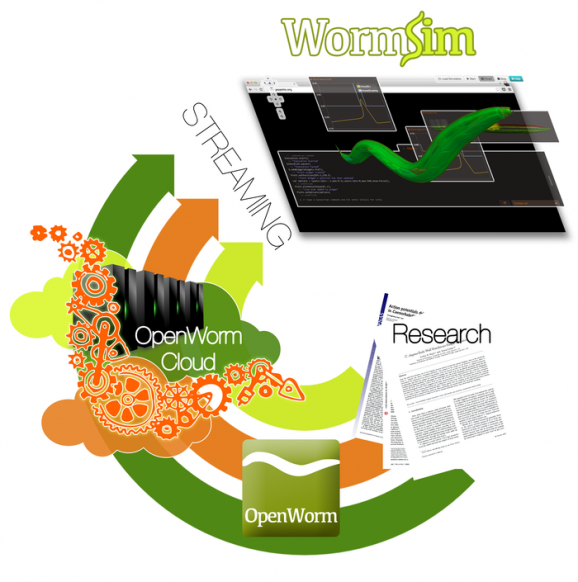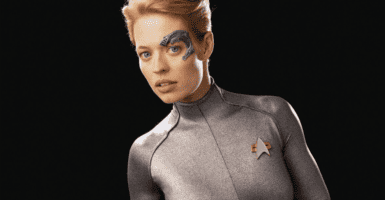Kickstarter Aims To Develop The First Digital Organism
This article is more than 2 years old
 Now this seems like a project that’s a bit better thought out than one involving hiring and virtually controlling people to do someone else’s bidding.
Now this seems like a project that’s a bit better thought out than one involving hiring and virtually controlling people to do someone else’s bidding.
What we’ve got here is something called OpenWorm, an open source science project that aims to create the first digital, rather than synthetic, organism. Instead of starting with something huge, like a human, this project is starting small, with worms — C. Elegans, to be exact. C. Elegans is an unsegmented, tapered worm that carries no diseases or parasites and likes to munch on bacteria. It’s particularly popular in the scientific world for its usefulness in experiments. These worms have brains, muscles, nervous systems, and are comprised of only 1,000 cells, which makes them a great animal for cutting one’s scientific teeth. This worm is the start for many researchers who are investigating genetics, diseases, treatments, and other biological systems. Oh, and these worms can survive in space.

OpenWorm was inspired by Data from Star Trek TNG, and the thought that if we’re ever going to have AI such as Data, we’ll need to start small. OpenWorm developers are creating an interactive, digital version of the worm based on its actual biology — a Worm Sim. The project would allow users to interact with the digital worm via their browsers, through which they can explore the worm’s physiology, check out its muscles, its neural and cell activities, etc.
It’s an ambitious project, for sure, which is why they’ve launched a Kickstarter. Right now developers from 11 countries are working on the project, but they’re looking for some assistance to finish developing and to roll out OpenWorm. Backers who pledge $79 or more will get their own personal WormSim and a year’s worth of unlimited access with which they can look at 3D visualizations of the worm, light up its muscle cells, and identify the link between muscle cells and behavior. The project will use cloud infrastructure and can be used on a browser, and all codes will be open source.
If this gets funded and turns out to be successful, I can imagine more complex digital organisms being invented for research and teaching purposes. The applications of this technology are limitless, so here’s hoping that while OpenWorm may be starting small, they’ll make it possible to go big.












